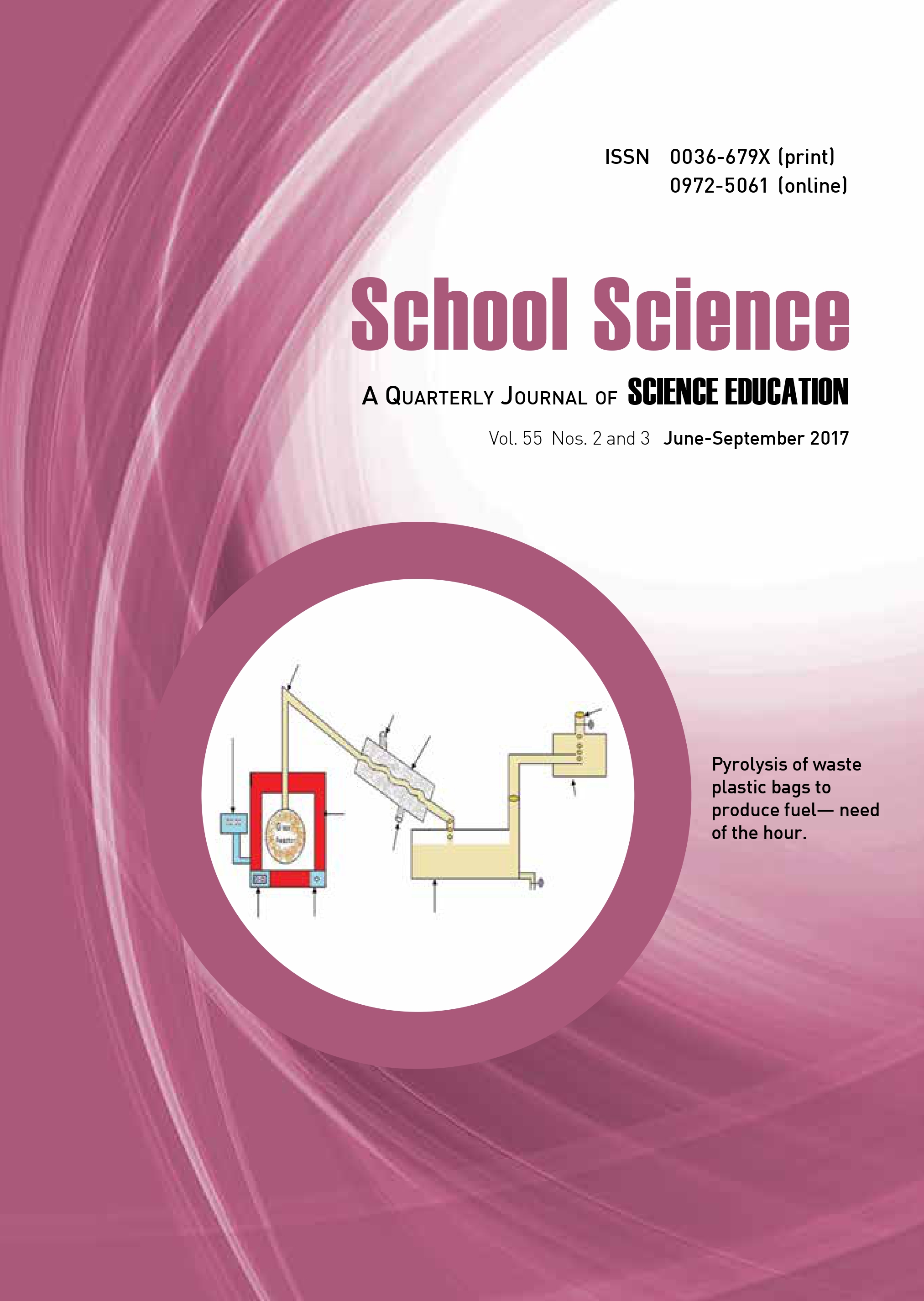Qualitative Analysis of Science Question Paper of Class X Board Examination

Published 2017-09-30
Keywords
- design and blueprint,
- question paper,
- Examination
How to Cite
Abstract
The theory science paper for the Class X board examinations should have carefully designed experiment and technology-based questions, questions testing critical understanding and ability to solve problems. In view of the above, an attempt has been made to analyse the science question paper of Class X (2015) of Rajasthan Board of Secondary Education under a minor research project taken up by the Regional Institute of Education (NCERT), Ajmer. The science question paper of Class X has been analysed considering the design and blueprint provided by the Rajasthan Board of Secondary Education. Emphasis has also been given to identify the strengths and weaknesses of the paper. Tools developed by the Department of Educational Measurement and Evaluation of NCERT, New Delhi were used. Science paper was analysed by a team of experts in workshop mode considering the design and blueprint. Difference has been observed between the ratio of the marks allotted to the objectives (knowledge, understanding, application and skill), as per the design and the analysis of the question paper. The weightage given to the skill (objective) is less in comparison to the other objectives. There is a difference between the marks allotted to the units, as per design and marks allotted as per analysis of the question paper. There is no question from Unit VI. There is no difference between the weightage to forms of questions (i.e., essay or long answer, short answer-I, short answer-II and very short answer) as per the design and as per the analysis of the question paper. Both of them have a perfect match. The difficulty level of most of the questions is average. There is difference between total number of chapters as per the design and as per the textbook. The time required for Unit I is less and for Unit II it is more than the time mentioned in the design.
